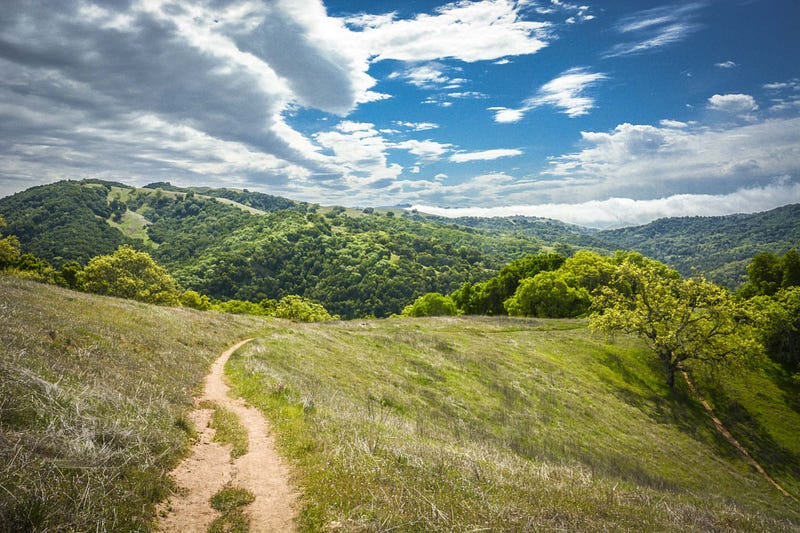 by Bryan Beck, Committee for Green Foothills
by Bryan Beck, Committee for Green Foothills
Open space is just that — undeveloped land. Its value is truly immeasurable, especially in an impacted region like the Bay Area. It offers a natural habitat for wildlife and native plants, protects humans and our developments from flooding, and provides acreage for local agriculture. Open space like the Coyote Valley makes the Bay Area such a desirable place to live. We have our sprawl, our traffic jams, and our industry, but we also have done a good job throughout recent history to keep open space free from development. We enjoy visiting parks, beaches, wineries and vineyards, boating on the Bay, and farmer’s markets — all of which are possible because we’ve kept urban sprawl under control in the Bay Area.
It’s a battle we need to keep fighting.
I’m a board member for the Committee for Green Foothills, and I joined the organization because I’m an avid cyclist, hiker, and nature photographer. I am out enjoying our open space constantly, and I deeply appreciate the value of undeveloped land. Our area is so much more pleasant because we can cycle next to creeks or through redwood groves. There’s much more incentive to hike on trails or cycle on rural roads through oak trees, spotting wildlife, mushrooms, and flowers along the way, as opposed to on paved suburban streets. Open space is typically free and available to everyone — it’s a natural playground for all ages.
I was recently perusing old files and found a proposal from 1967 and 1968 to annex land and develop Half Moon Bay into the largest city in San Mateo County. Imagine the beautiful small city of Half Moon Bay, with its award-winning pumpkins and beautiful coastline, as a city with 130,000 residents -larger than San Mateo — and with two or three new freeways over the Santa Cruz Mountains to serve it.
It’s unfathomable to us now, but that wasn’t the case a few decades ago — the Army Corps of Engineers published a map showing how much of the Bay could be filled in, and there were serious proposals cover the mountains with new developments. There was even a serious proposal (by a company owned by Crocker Land Company, David Rockefeller, Ideal Cement, and investment bankers Lazard Freres & Co.) to dig 200,000,000 cubic yards out of San Bruno Mountain and transport it by conveyor belts to the Bay to fill it in and create land for development. Had these proposals been realized, much of the appeal of the Bay Area as a place to live would have been lost. There were people who thought they could make money from any of these proposals, but we should consider the many local companies who depend on being able to attract the highly-skilled employees they need to be competitive and innovative. We face similar challenges today in protecting the open space in our region. Some people look at an empty field and want to build on it to make a profit. But not everything can be — or should be — measured in dollars. The size of our dynamic local economy is such that the value of any further urban sprawl is negligible, and it’s hard to imagine how any development restrictions that protect open space have harmed, or could harm, the economy.
Over-development brings with it many problems. Our local cities often make decisions based within their own borders, without thinking about the larger picture. They are continually building more office space and businesses to drive revenues, but are not considering housing or the negative impact too many people and too many cars has on residents. We’ve clearly reached the point where we can’t build enough roads to solve our traffic problems, and we need to begin providing alternatives.
If I could throw out a call to action, it’d be for local residents to keep a diligent eye on what’s being proposed for development. Try to supply more housing in transit-effective locations, and restrict commercial development to help bring jobs and housing into better balance. And, get out into the open space around you to enjoy everything it has to offer. We are healthier and happier when we breathe fresh air, get exercise, and enjoy our pace of life.
